Ergebnisse
As part of the research at the Madrid department, work on the Phoenician-Punic necropolises of Djebila and Aïn Dalia Kebira in Morocco made it possible to identify Baltic amber from the Early Iron Age for the first time in Africa using infrared spectroscopy. This is mainly due to the lack of scientific studies for the African continent. In the case of Djebila and Aïn Dalia Kebira, the amber finds were identified as brown glass by the excavator Michel Ponsich during the first publication in 1967. In many cases, as our current investigations have shown, it was not brown glass but amber. So far, we have only scientifically examined three amber fragments from grave 101 in Djebila (with support of La Fondation Nationale des Musées in Morocco, Universidad de Sevilla and UNIARQ), which belonged to a necklace, and determined all of them to be Baltic amber. Based on this finding, further analyses are to follow for Morocco. The project and the associated scientific investigations shall not be limited to Morocco in the future. In the first phase of the project, ancient African amber material is to be traced. Much of it may have been described as brown glass in publications in the past, as in the case of Djebila and Aïn Dalia Kebira, or listed as brown glass in museum stacks. In addition, some of the amber material originally found in Africa is now stored in various European museums. In a second phase of the project, the finds discussed in the literature as Baltic amber and classified by us as potentially amber of Baltic origin will be examined by infrared spectroscopy.

